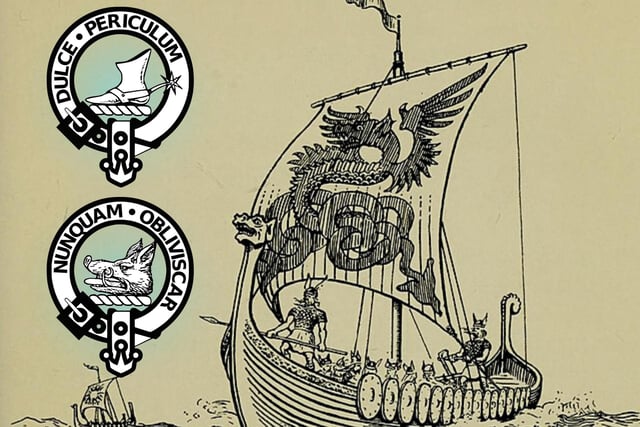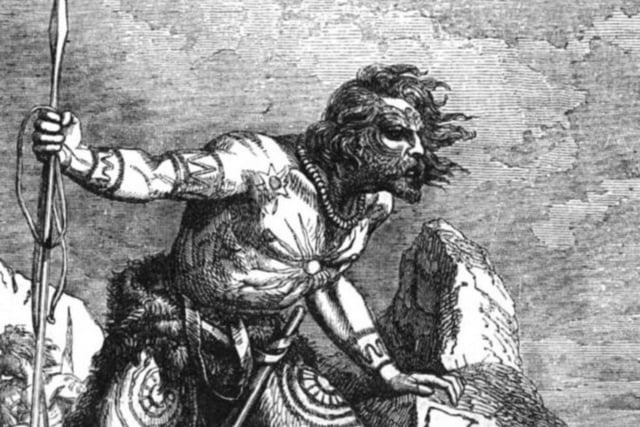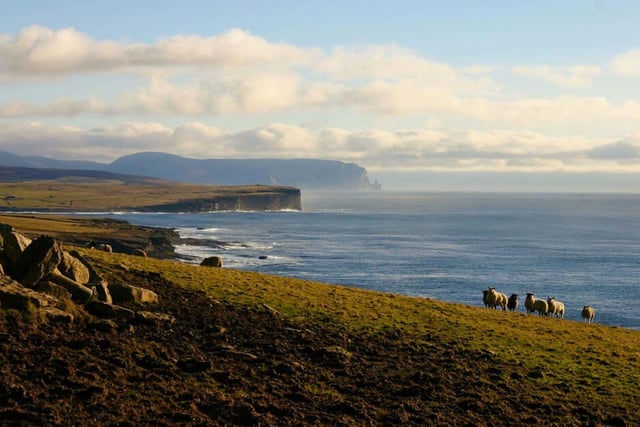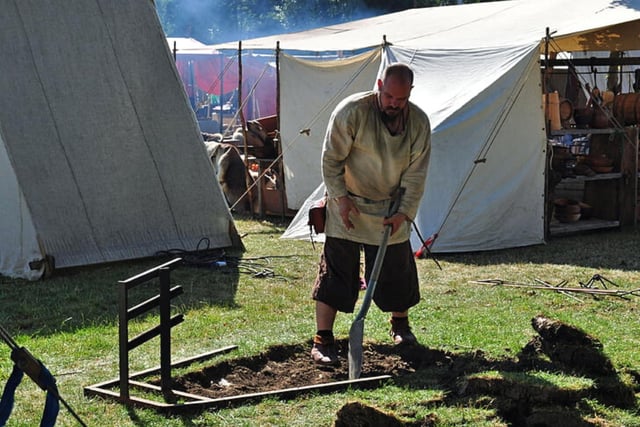Vikings and Scotland: 9 Incredible facts about ancient Vikings and their place in Scotland
Scotland sits just over the North sea from Scandinavia which made it a prime entry point for Vikings entering the British Isles when they invaded in the 8th century. The violent raids took place on Scotland’s coastline and islands where they robbed precious resources from locals before eventually forming their own settlements.
United under Norwegian rule, the Scottish islands were signed over to Magnus III of Norway by King Eagar in 1098 in a region that was known as the Kingdom of the Isles. The Kingdom included the Northern Isles of Shetland and Orkney (where Norse influence is said to be its most potent) and the Southern Isles including the Isle of Man and Hebrides.
Just like with Gaelic or Pictish, the Norse legacy of Scotland can still be felt today as place names feature motifs from their languages and Scots can trace their ancestry back to Nordic groups.
To explore this heritage, here are nine interesting facts about Vikings in Scotland and how they influenced the country.

1. Scottish clan names reflect Viking heritage
There are some Scottish clans that include ‘visible relics’ of their Norse ancestors. For example, the MacIvors were originally the sons of Ivar, Macaulay the songs of Olaf, MacAskill the sons of Asgeir and MacSween the sons of Swein. The ‘Mac’ surname prefix meaning ‘son’ is Scottish in origin as a Gaelic term. Photo: Chatterton, E. Keble (Edward Keble), 1878-1944

2. Vikings warned others to ‘avoid Scotland’ for its ferocity
“Be very careful there, it says the natives are dangerous, the language incomprehensible and the weather is awful.” This verdict of Scotland was given to 13th-century Norse travellers; it was found in a series of medieval Viking chronicles that described Scotland as an inhospitable and dangerous region. Photo: Iantresman via Wikimedia Commons

3. Orkney and Shetland were the ‘safest’ places for Viking settlers
Historical records indicate that despite the local Gaels still considering the Scottish isles their own, they ceded dominion of the Hebrides to the King of Norway in a treaty that saw regions like Orkney and Shetland become areas of ‘safe reception’ for the Norse people who would be greeted like kin there. Photo: Owen Robertson via Flickr

4. Vikings settled in Scotland for around 300 years
The Vikings settled in Scotland for roughly 300 years, and during that time they certainly did not only pillage and strike fear into native peoples. Some Vikings became farmers who took care of cattle, sheep and pigs, while growing crops like oats and barley. They also harvested other plants which were important for medical reasons. Photo: via Hippopx
